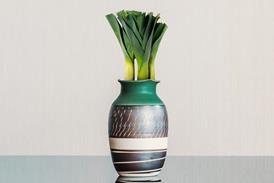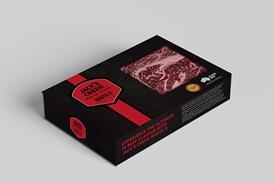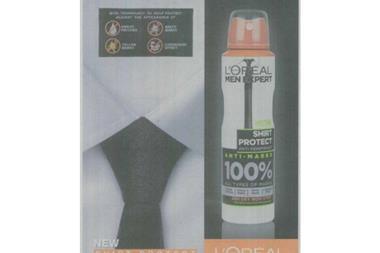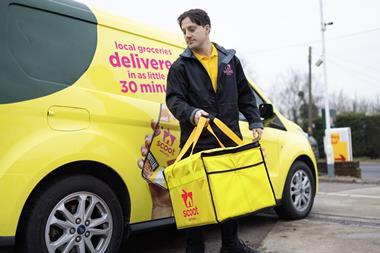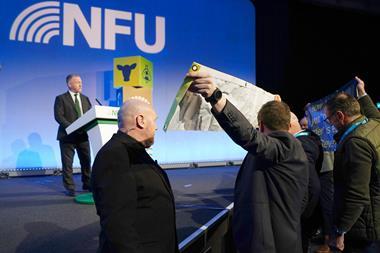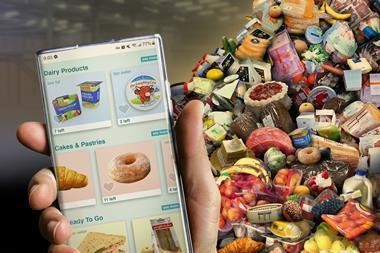What a whiffy lot we are. Bar soap sales have fallen 4.2% on volumes down 6.9% in the past year, in a sub-category marked by poor performances from top brand Dove and nearest rival Imperial Leather. And we haven’t just dropped the soap. Volumes are down across personal care, from deodorants and shower products to shampoo and conditioners.
The fellas in particular seem to have let themselves go. Men’s toiletries are down 1.2% on volumes down 3.9%, and while up by a whisker in value, razor volumes slid 4.6% [Nielsen 52 w/e 12 October]. Gillette – the biggest player by far with its Fusion, Mach3, Venus and Sensor brands – is lagging the sub-category growthwise largely as a result of Mach3, which continued to slide. Fusion and Sensor also fell slightly with only female variant Venus in growth.
Read The Grocer’s full Top Products Survey.
There are a number of factors behind the decline in razors, says Nielsen analyst Russell Sylvester, including stubble becoming more acceptable and higher unemployment resulting in fewer people needing to regularly shave. “With a squeeze on budgets, men are also making blades last longer,” he adds.
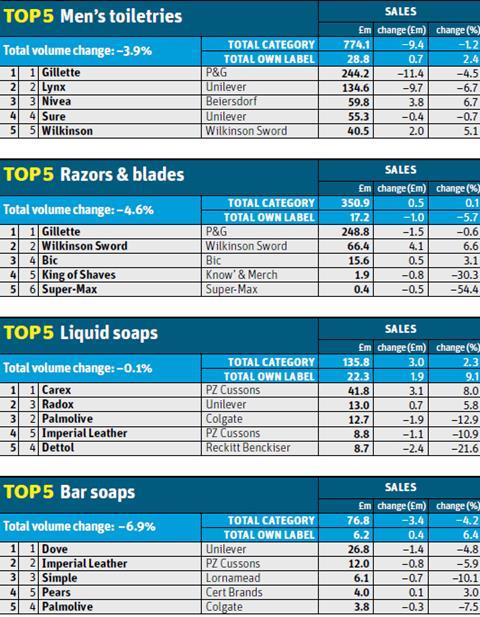
Will King, founder of King of Shaves, which was overhauled earlier this year, blames its falling sales partly on the business “gradually managing down stock availability” of its Azor brand in preparation for a big piece of NPD that will replace it in January.
Tellingly, Wilkinson Sword has grown ahead of the market having targeted the ladies with the expansion of Intuition Women in May with a razor for dry skin.
The only brands to have held their own in among the top five deodorants are also women’s brands. Unilever’s eco-friendly compressed cans helped its Sure and Dove brands buck declining sub-category sales. Lynx, in particular, has underperformed and with Lynx Attract for Her also struggling, it launched a range of male grooming products last month – Lynx Peace – supported by a £9m push in a bid to rejuvenate sales.
Unilever’s deodorants also bucked the wider trend for larger size formats. “The main change we’ve seen is manufacturers introducing bigger sizes to offer a better price per ml to appeal to customers who have had to tighten their purse strings in recent times,” says Gemma Robertson, marketing manager for toiletries at Asda. This, coupled with a change in promotional tactics as retailers move away from volume-driving multibuys towards straight money off deals, appears to be dragging down volumes, she adds.
Larger packs have become particularly prevalent in shampoo. All 10 of the most successful new launches in the sub category over the past year have been new pack sizes, with many brands moving up to formats between 360ml and 500ml, according to Nielsen.
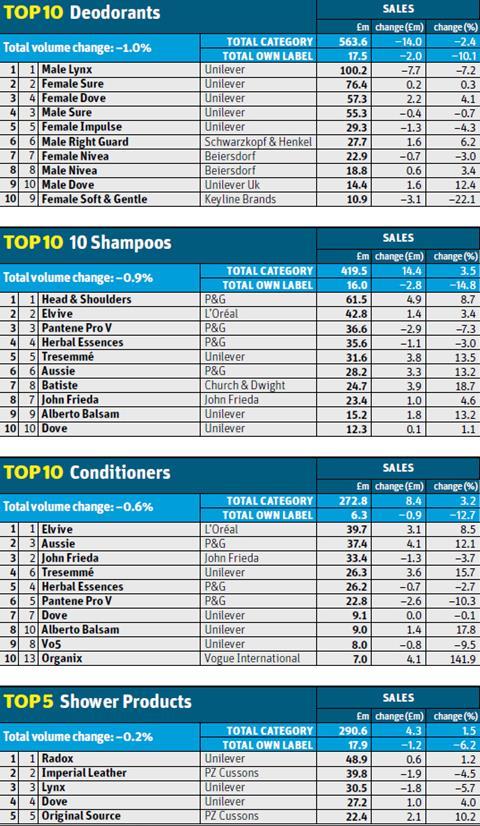
The tactic appears to be working. Branded shampoo sales have risen 4.4% in value compared with a 14.8% decline for own label. The top five remain unchanged, with Pantene Pro V clinging on to its third spot despite a continued fall in sales. P&G will be hoping that NPD such as its anti-age haircare range will boost sales and attract new consumers. It will also be looking to arrest the ongoing decline of its Herbal Essences brand.
Its Head & Shoulders brand had a much better year, cementing its number-one position with 8.7% value growth – although a slight dip in volume points towards higher prices. Its Aussie brand also did well, although not as well as Unilever’s Tresemmé. Having tapped the trend for bigger sizes with a full portfolio of large formats, it was the best performer in the top five, with double-digit uplifts.
Outside the top five, Batiste also performed strongly and intends to build on this with three catwalk-inspired limited editions launched last month. “We expect the strong growth to continue over the next few years as penetration continues to increase,” says marketing manager Joanne Marshall.
Conversely, while comfortably retaining the second place, L’Oréal’s Elvive has seen last year’s strong value growth dwindle. It was a similar story in conditioners, where it retained its lead despite a marked slowdown. Other than the number one, it’s been all change for the top five conditioner brands, Tresemmé propelling itself past Herbal Essences and Pantene Pro V into the number four spot, pushing the latter out of the top five.

The top four hairsprays, however, remain unchanged, with L’Oréal’s Elnett holding onto the top spot thanks in part to NPD such as Elnett So Sleek and a series of limited editions. There was no movement in the top three hair styling products, the top two bucking stagnant sub-category sales.
In shower products, Radox remains comfortably in the top spot, but it was fifth-placed Original Source which posted the most impressive growth and some of the most exciting NPD came outside the top five. Right Guard, until this year only available in the male shower aisle, entered the female sector in September with Shower+, and Nivea combined the shower and moisturiser sectors with In-Shower Body Moisturiser, which it claims is the first moisturiser that is applied and rinsed off in the shower.
In oral health, all three areas – toothbrushes, toothpaste and mouthwashes – recorded value growth with consumers trading up to more premium and specialist products. All three top toothpastes posted sector-beating growth, but it was Oral-B, which entered the sector in June 2011, that really impressed, rising a place to oust Aquafresh from third. Both GSK and Colgate are hoping to tap the whitening trend with NPD – GSK with Aquafresh High Definition White toothpaste and Colgate with its Colgate White Max One – hailed by Nielsen as the most successful toothpaste launch this year.
Things aren’t quite as bright in toothbrushes for Colgate – while Oral B continues to grow in value and volume, Colgate’s value growth masks an 8.4% fall in volumes. It did better in mouthwashes, which at category level have enjoyed the strongest value growth in personal care on volumes down 2.1%, partly reflecting more advanced NPD.
All this suggests that people haven’t stopped caring about personal care. They just want a good reason to part with their money – be that the functionality of a premium mouthwash or the value-for-money of a larger shampoo bottle.
Read The Grocer’s full Top Products Survey.
Top launch: Smaller deodorants, Unilever
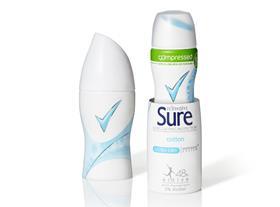
This year, Unilever decided size matters and launched a compressed deodorant format across its Sure Women, Dove and Vaseline Intensive brands. The smaller cans, which contain half the gas – 75ml rather than 150ml – and 28% less packaging, rolled into supermarkets in February. Unilever says the cans, which have the same rsp, have a 25% smaller carbon footprint and have been bought by more than seven million consumers. It backed the launch with a £12.8m marketing push.

